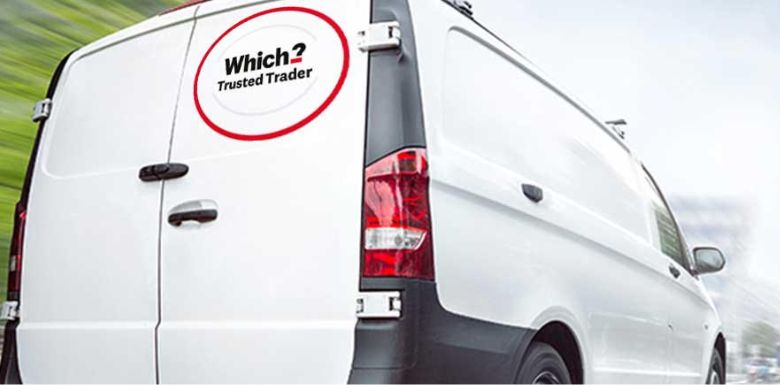Drive safely to save lives
 In this article
In this article
Globally, around 1.3 million people are killed on the roads each year and road traffic injuries are one of the top causes of disability and death around the world.
The latest government figures show that there were an estimated 1,711 road deaths in Great Britain in 2022 with a total of 29,742 killed or seriously injured. The report states 328 billion vehicle miles travelled in 2022, a return to pre-pandemic figures.
The World Health Organization (WHO) and the United Nations Regional Commissions have developed an ambitious plan to cut global road traffic deaths and injuries by at least 50% between 2021 and 2030 after the UN set this target as part of its Decade of Action for Road Safety.
Regular UN Global Road Safety Weeks are organised by the WHO in collaboration with other organisations to promote road safety.
Reducing the risk
This Global Road Safety Week is the eighth and focuses on shifting from driving to walking, cycling and using public transport to make transport more sustainable, which will also lead to safer roads.
If you drive a van for work to carry the equipment and parts you need to do your job, this won’t be practical. However, you can take steps to drive your van as safely as possible to reduce the chances that you’ll be involved in an accident. You should also make sure it’s well maintained so it’s safe to drive and avoid driving when you’re very tired as you’ll be less alert.
As well as the risk of injuring or even killing yourself or others if you’re in an accident, your business could also be affected. You and your van could be out of action for a period of time and you could lose customers or have to turn down jobs. There may be costs involved in repairing or replacing your van and its contents. Even if you can claim on your insurance, you’ll have to pay the excess.
Here are our top tips for safe driving. You can also read our guide to keeping your van safe to find out how to boost its security and protect it from theft.
Stick to speed limits
You may be in a rush to get to your job on time, but speed limits are there to protect drivers, pedestrians and cyclists alike, so it’s not worth breaking them. Plus, you could be fined or get points on your licence if you do.
Take note of what the different speed limits are on different roads as they could change frequently during your journey – some residential areas now have speed limits as low as 20mph – and what the limits are for the type of van you have.
Most vans – any that weigh more than two tonnes when fully loaded – have lower speed limits than cars. For vans up to 7.5 tonnes, outside built-up areas these are 50mph on single carriageways rather than 60mph and 60mph on dual carriageways rather than 70mph. On motorways it’s still 70mph. This doesn’t mean you should always drive at those speeds, however. In some situations, you’ll need to drive more slowly to be safe.
Take care of heavy items
Make sure you secure anything heavy you’re carrying to the bottom of your van so it doesn’t move around in transit, which can make your van unstable and harder to control. This will also stop them getting damaged in transit or damaging other items in your van. Keep loads as low and as close to the centre of the wheelbase as possible so the weight is evenly spread.
If you don’t have heavy items on board but usually do, bear in mind that your brakes will be more sensitive than normal so you won’t need to apply as much force to stop safely.
On the other hand, if you’re carrying heavy items but not used to it, be aware that it may take longer than normal for your van to stop when you apply the brakes, especially if the roads are wet or icy. Make sure you’re always at a safe distance from the vehicle in front in case it stops suddenly.
Reverse carefully
Many road accidents happen when vehicles are reversing, mainly because of the reduced visibility you have. This can be particularly problematic in vans so take extra care when you’re reversing, whether it’s to park to turn round.
Make sure your mirrors are all positioned to give you the best view of the areas outside your van as possible. Spend time looking around you before you start reversing to check for people and any obstacles you could collide with, even if your van is fitted with a reversing camera.
It’s a good idea to limit the amount of reversing you do to reduce the risk and only do it when absolutely necessary but often you won’t have a choice. If you have a passenger, you can ask them to get out and guide you while you’re reversing to be extra safe.
Be considerate
However much of a rush you’re in, it’s important to be conscious and considerate of other road users at all times – whether they’re drivers, pedestrians or cyclists. Aggressive driving increases the risk that you’ll be involved in an accident. Let cars out of side roads if they’re waiting to turn, for example, and allow pedestrians to cross the road – as long as it’s safe to do so.
Bear in mind that your van will be bigger than most other vehicles on the road so will take up more space, and there’s a higher risk that you’ll injure or even kill someone if you crash because of its size and power.
Avoid taking unnecessary risks while you’re driving and plan ahead to make sure you have enough time to get to your destination and know the route you need to take.



